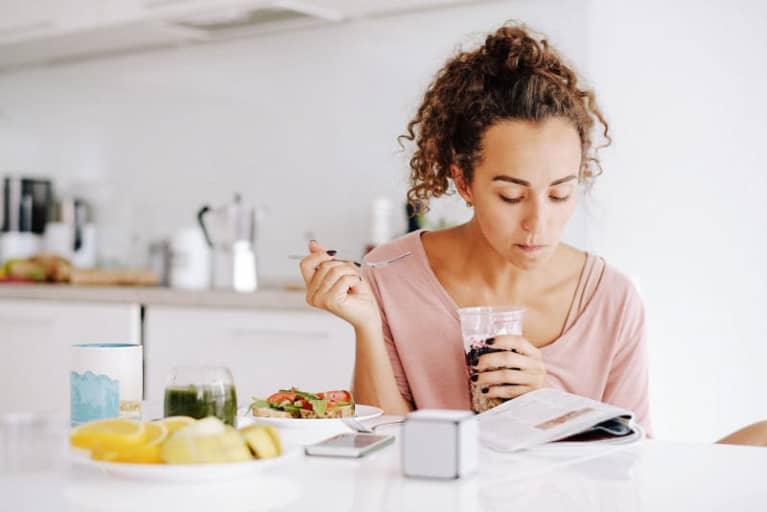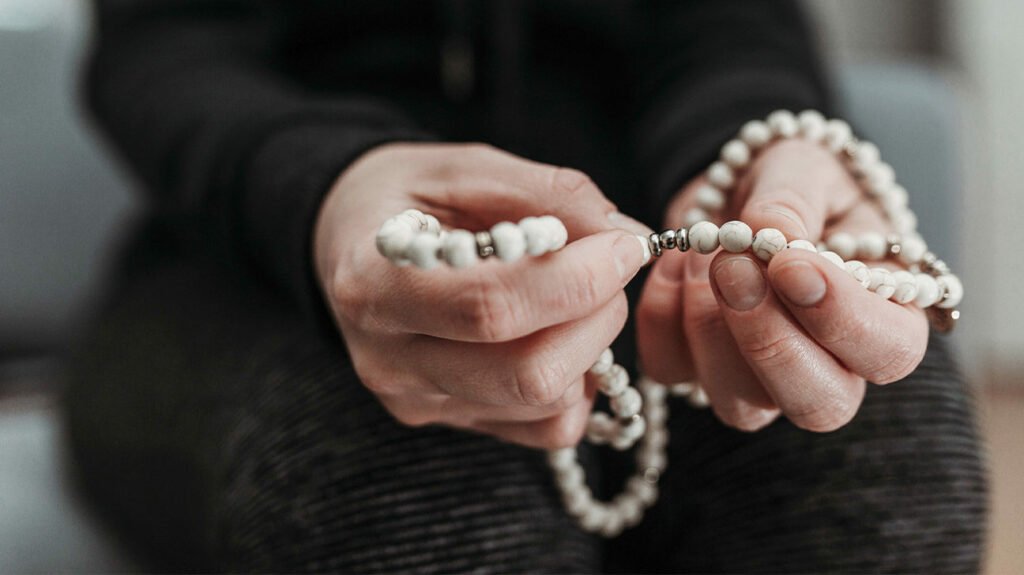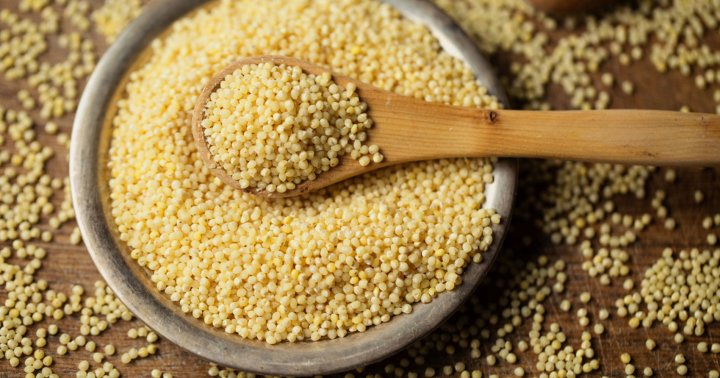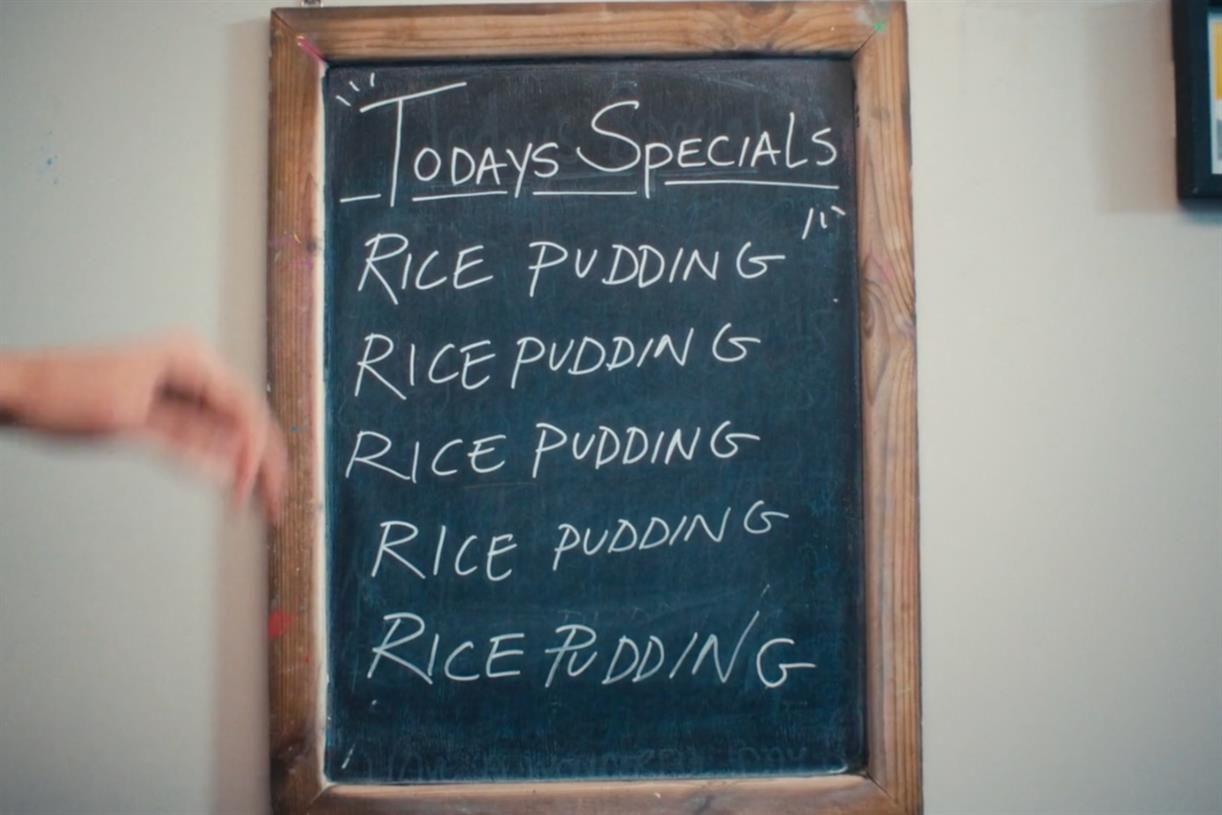Did You Know These Sneaky (& Common) Foods Can Have Mold In Them?
Here are three to look out for.

Our editors have independently chosen the products listed on this page. If you purchase something mentioned in this article, we may earn a small commission.
Here at mbg, we’ve written extensively on the dangers of mold, how to prevent it, and what to do if you've been exposed. And while you may be familiar with some of its most common hiding spots around the home, you might be surprised to learn that those aren’t the only places mold can occur.
According to functional medicine doctor and mold toxicity expert Ann Shippy, M.D., some common foods can actually harbor mold. (Yes, we were stunned, too.) Below, she breaks down three of the top sources and shares some of the brands she trusts.
First on Shippy’s list is grains. “Some of the moldiest foods are grains,” she explains on the mindbodygreen podcast. “I find a lot of people do better off grains, and [part] of it may be because of the mycotoxin levels in the grains, in addition to all the pesticides, fumigants...So I love a grain-free diet for many reasons.” Mycotoxins are compounds produced by mold that aren't visible to the naked eye, and they can contaminate grains while they sit in storage or fermentation silos.
To reduce the likelihood of mold contamination in grains, it can be helpful to look for organic varieties, if that's accessible to you.
We were bummed, too: It turns out, coffee is one of the biggest potential sources of mycotoxins. The specific toxin it may contain is called ochratoxin A, which is produced by two fungi. While its effect on humans hasn’t yet been determined conclusively, it has been deemed neurotoxic and carcinogenic by scientists.
Functional Nutrition Training
A cutting-edge nutrition deep dive taught by the world’s foremost health & wellness experts

This doesn’t mean you have to let go of your daily cup, though. Roasting coffee beans may destroy ochratoxin A, but it may depend on the type of roasting and particle size. Or, you make sure you invest in brands that prioritize checking for mold. Shippy explains that “some brands are really starting to check each batch for how much mold is in the coffee and really curate low-mold coffee. If you’re a coffee drinker, I think it’s a really good idea to support the brands that are putting that extra attention in.”
One of her favorite options? Dave Asprey's Danger Coffee. "I'm very excited about that new brand," she says (and for the record, we love it, too!)
Last up is chocolate. “Unfortunately, some brands do better than others with [mycotoxin content]," she notes. Shippy shares that because of her personal experience with mold exposure, her body is more sensitive to the inflammation that can result from it: “Because I’ve been through mold exposure multiple times and have gotten my levels down, if I get a little uptick, my body lets me know," she explains.
One of the brands that passes the test? “Hu Kitchen is the one that I can consistently eat and not feel the inflammation come up in my body. I love their premise of being organic and not loading it with sugar and all the delicious flavors that they have," she notes.
According to Shippy, when it comes to potential mold content, it may be worth taking a closer look at grains, coffee, and chocolate. Try not to let it overwhelm you, though; she reminds us that “the way that the body processes the mold in food isn’t as significant as when we breathe it in.” On that note, make sure you're aware of the common mistakes that can lead to mold in the home.
https://www.mindbodygreen.com/articles/sneaky-and-common-foods-that-can-have-mold-from-md

 Astrong
Astrong 

































